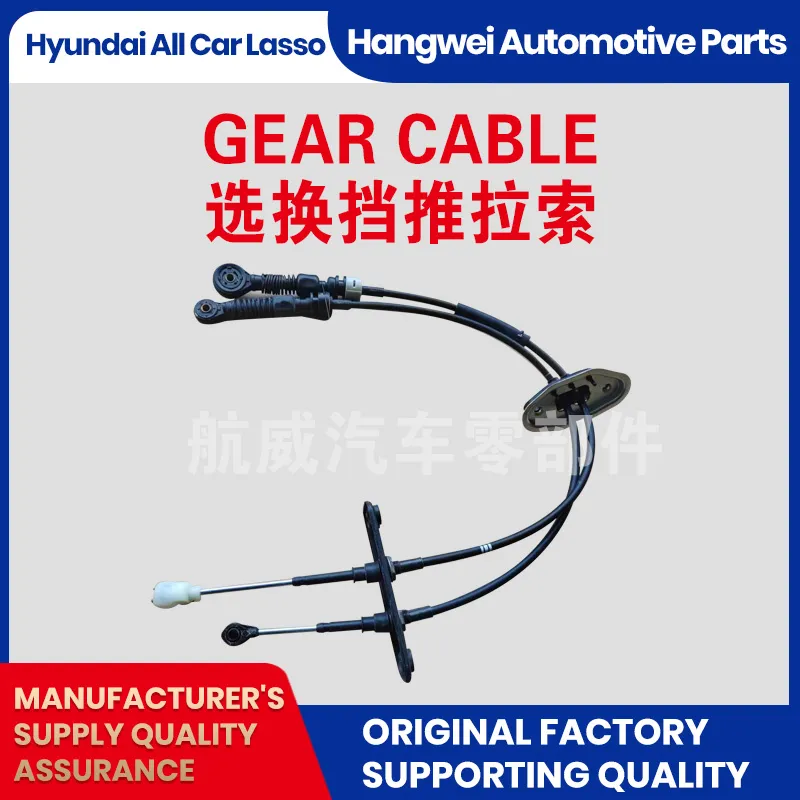Understanding Line Shaft Clutch Mechanisms and Their Applications in Industrial Machinery
Understanding Line Shaft Clutches A Key Component in Mechanical Systems
In the realm of mechanical engineering, the concept of a line shaft drives systems that offer flexibility and efficiency in power transmission. One of the pivotal elements in this system is the line shaft clutch. This article will delve into the function, types, and applications of line shaft clutches, highlighting their significance in both historical and modern mechanical contexts.
What is a Line Shaft?
A line shaft is a long rotating shaft that transmits power to various machinery and equipment. This system came into prominence during the industrial revolution, where factories used line shafts to deliver power from a central engine or motor to various machines spread across a production floor. The line shaft system was an effective way to eliminate the need for individual motors for each machine, thereby reducing costs and increasing efficiency.
The Role of Clutches in Line Shaft Systems
In a line shaft system, the clutch acts as a crucial intermediary. A clutch’s primary function is to engage and disengage the connection between the power source and the machinery being powered. This enables operators to control when and how power is distributed to different machines. Clutches also help in managing the load and reducing wear and tear on the system, thereby extending the life of both the machinery and the line shaft.
Types of Line Shaft Clutches
Line shaft clutches come in several types, each designed for specific applications
1. Mechanical Clutches These are the simplest form of clutches that rely on physical engagement and disengagement. They can be activated manually or automatically by a mechanism that senses load conditions.
2. Magnetic Clutches Utilizing electromagnetic forces, these clutches offer the benefit of smooth engagement and disengagement without physical contact. They are particularly useful in applications requiring precise control.
3. Pneumatic Clutches These clutches use compressed air for actuation. They are ideal for high-speed applications and situations where quick cycling of power is necessary.
4. Hydraulic Clutches With the ability to handle larger loads and higher torque, hydraulic clutches are utilized in heavy machinery and industrial applications.
Applications of Line Shaft Clutches
line shaft clutch

Line shaft clutches are used in a multitude of settings, from manufacturing plants to modern automated systems. Some notable applications include
- Textile Industry Historically, line shaft systems powered looms and knitting machines
. Today, modern textile machinery still benefits from clutches to optimize patterns and reduce waste.- Automotive Manufacturing In assembly lines, line shaft clutches are employed to synchronize the operation of conveyor belts and robotic arms, ensuring seamless production flow.
- Packaging Machinery Clutches in packaging lines allow for the coordination of various stages, from filling to sealing, enhancing efficiency and reducing downtimes.
- Cement and Material Processing Line shaft clutches facilitate the controlled operation of heavy machinery used for grinding and mixing materials, contributing to more efficient processing.
Benefits of Utilizing Line Shaft Clutches
The introduction of line shaft clutches into various mechanical systems offers numerous advantages
- Flexibility Operators can manage how and when machines engage, allowing for customized production processes.
- Energy Efficiency By controlling power distribution, line shaft clutches can minimize energy wastage significantly.
- Reduced Wear and Tear Smooth engagement and disengagement reduce the mechanical stress on connected equipment, leading to lower maintenance costs.
- Enhanced Safety Clutches allow for safer operation by enabling machines to be disengaged quickly in emergency situations.
Conclusion
Line shaft clutches play a fundamental role in the efficiency and versatility of mechanical systems. By engaging and disengaging power transmission, they enable various industries to operate smoothly and effectively. As technology advances, the design and application of line shaft clutches continue to evolve, ensuring their place in the future of mechanical power transmission systems. Through their integration into modern machinery and processes, line shaft clutches remain a testament to the ingenuity and necessity of efficient engineering solutions in our industrial landscape.
-
Workings of Clutch Pipe and Hose SystemsNewsJun.04,2025
-
The Inner Workings of Hand Brake Cable SystemsNewsJun.04,2025
-
The Secrets of Throttle and Accelerator CablesNewsJun.04,2025
-
The Hidden Lifeline of Your Transmission Gear Shift CablesNewsJun.04,2025
-
Demystifying Gear Cables and Shift LinkagesNewsJun.04,2025
-
Decoding Clutch Line Systems A Comprehensive GuideNewsJun.04,2025
